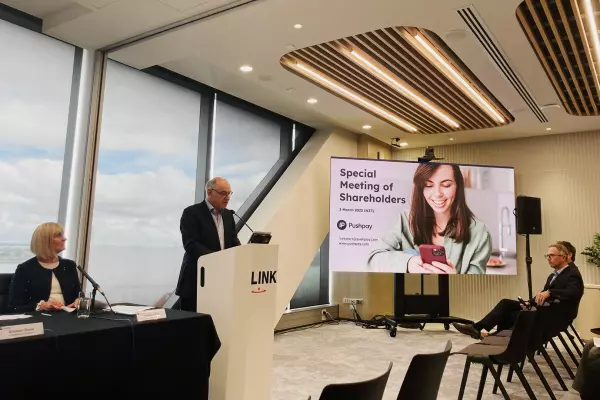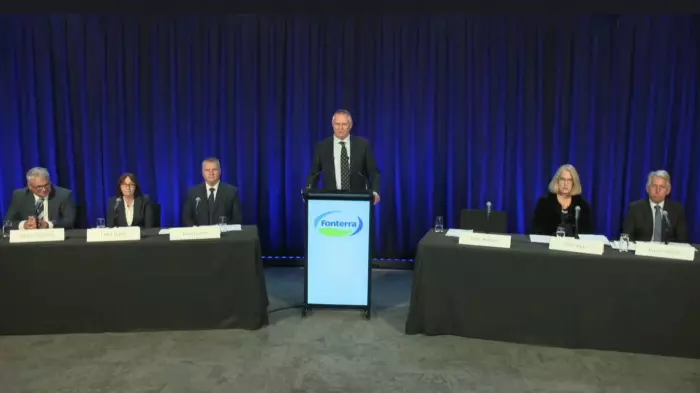A dose of reality has been injected into KiwiSaver projections this month after the Financial Markets Authority began requiring providers to use standardised return estimates in online calculators.
The forecasts, created for the government by actuarial firm Melville Jessup Weaver, are more conservative than what some providers had been promising.
FMA data show average returns from KiwiSaver growth funds over past five years are clustered between 5 percent and 7 percent. Most balanced funds sat between 4 percent and 6 percent.
The forward estimates are more modest, expecting growth funds to achieve 4.5 percent and balanced funds to get 3.5 percent.
“It is not out of the ballpark when you look at it over the long term,” said Gillian Boyes, investor capability manager at the FMA.
“The actuaries had to consider a 40 or 50-year time frame and we’ve had pretty unrealistic growth in the last few years.”
Introducing consistency
The industry standard forecast is intended to give customers consistency when comparing funds but has the added effect of pulling some optimistic calculators towards earth.
This has ruffled some feathers among KiwiSaver fund managers who offer higher risk investments and attract investors on the promise of stronger returns.
Sam Stubbs, managing director of Simplicity, said there was considerable lobbying behind the scenes from active fund managers to block the standardised calculators which could weaken their competitive edge.
“The industry has an awful lot of profit to fight for, so they will always lobby heavily against anything which endangers a business which is that profitable,” he said.
Simplicity is a low-fee passive manager in that it uses exchange-traded funds rather than pick individual stocks. Active fund managers aim to outperform those ETFs and tend to charge higher fees.
Stubbs reckons the KiwiSaver fund managers will reap half a billion dollars in fees this year. Such a large pool of money creates incentives for providers to make bullish promises.
“They were laughable, because we thought they were extremely misleading, there was just no way they were going to achieve returns like that,” he said
“If you are looking over a lifetime, do not use the last 10 years and extrapolate that out, because those years have been unusually high for returns.”
Education goals lauded
While fund managers have been widely supportive of the FMA’s campaign to help educate the public, they quibble about the low estimated rate of returns imposed in the process.
Booster principal David Beattie said his firm has already been putting balance projections on annual statements for the past four years but using a higher rate of returns than the FMA now requires.
“Across the board we think the rate of returns are about half a percent too conservative,” he said.
Booster was given the opportunity to offer feedback to the FMA, but there was “little room to move” as Melville Jessup Weaver had already made the projections.
Beattie said it was important that investors got a ballpark figure to help assess the size of their contributions, what fund to be in and at what age to retire.
“Those things are equally as important as the rate of return,” he said.
Paul Gregory, chief operating officer of Pie Funds — a new player in the KiwiSaver market promising substantial returns, said he was supportive of the educational aspects of the Looksee campaign, but didn’t put much stake in the forecast returns.
“Given these are standardised assumptions that come from the government you would naturally want them to be conservative, so you don’t create false expectations,” he said.
The company is confident in its own projections. Its growth fund targets an annual average return of more than 10 percent, compared to the FMA’s assumed rate of return of 5.5 percent.
“Certainly, our own expectations for how the fund will perform is above where the FMA is,” he said.
Let's talk
Gregory said he saw the FMA’s projection as a prompt for a conversation about KiwiSaver investments and not as a critique of Pie Funds projections. Its growth fund has achieved 9.9 percent return after fees in the last year.
Claire Matthews, an associate professor specialising in KiwiSaver at Massey University, said the problem with the forecasts is that they are based on assumptions of what will happen in the future.
“Until you’ve got to that point in the future you don’t know who is right and who is wrong,” she said.
“Whatever rate someone is using they should be able to justify in a way that others can accept, albeit not the outcome”
From an education perspective, she said it was arguably better to take a conservative approach and prompt people to save more.
A survey by the Financial Services Council found New Zealanders had inadequate financial literacy and were poor at using financial services to manage risks.
Over-confident?
Despite this, they survey found that Kiwis generally felt financially confident.
Close to 80 percent of respondents were reasonably confident or more about making financial decisions, despite 70 percent being unprepared for retirement.
“This potentially misplaced confidence is likely to be a reason behind New Zealanders generally low use of financial advice and other services,” FSC chief executive Richard Klipin said
Klipin said with 75 percent of people now investing in KiwiSaver, the scheme had the potential to act as a gateway to more financial engagement and resilience.
Simplicity’s Stubbs said poor understanding of financial language made KiwiSaver investors vulnerable to misleading return forecasts and that he was pleased to see them regulated.
“There were some crazy assumptions that we thought were going to lead people down the garden path into thinking they were financially secure in retirement when they probably wouldn’t be,” he said.














